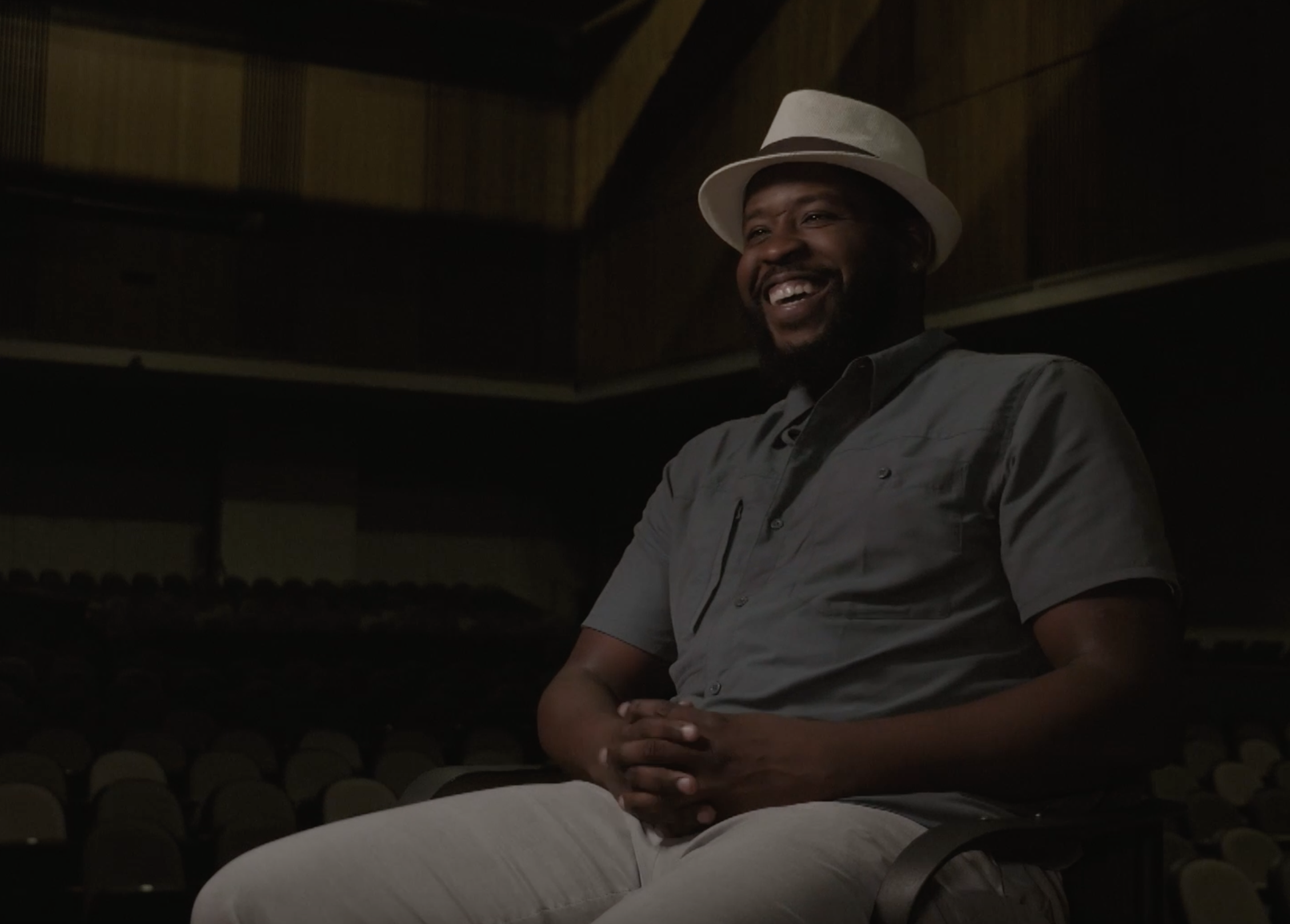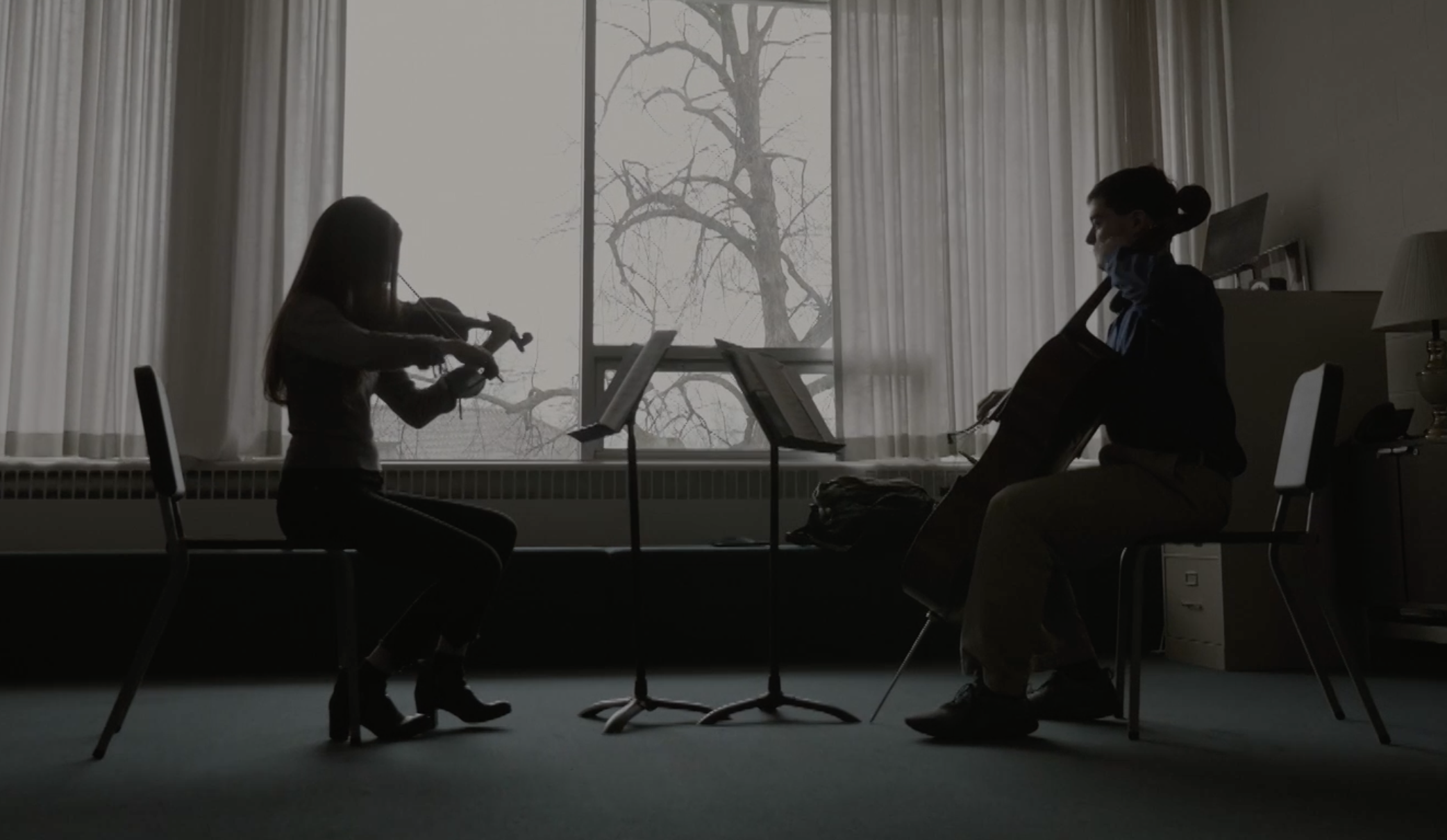Sub Plan for Music Educators
The award winning film Hear Us will engage your students and hold their attention even when you are away. We provide discussion questions that align with Common Core State Standards and even have pre-written Goals and Outcomes available on our website.
The Story
Musical prodigies from around the world present concerts with a message of peace through music.
Winner of the International Silver Medal at the New York Television and Film Awards
Hear Us takes your students around the world for a musical experience that will both inspire and motivate them.
Filmed in Italy, Germany, Syria and the United States
(New York, Chicago, Atlanta, Cleveland)
At 50 minutes, Hear Us is the perfect length for your class period
Discussion questions
What was the main message of the film, Hear Us?
What real-life issues does Hear Us address?
How did the film, Hear Us, make you feel?
Did anything in Hear Us surprise you?
What was the most impactful scene and why?
What historical context is important to understand this film?
How accurately does the film portray the events?
What social issues are highlighted in Hear Us?
What futuristic technological concepts were explored in Hear Us?
How does Hear Us reflect current societal concerns?
What was the strongest emotion that you felt when watching Hear Us?
Which character did you [admire, hate, love, pity] the most?
What was it about that character that caused you to have that reaction?
If you had a chance to ask Clarissa a question, what would it be?
If you had a chance to ask Daniel a question, what would it be?
If you had a chance to ask Rada a question, what would it be?
Goals and Outcomes for that align with
common core state standards
Responding
Listen to, analyze, and describe music.
a. Identify and describe simple and complex forms of music, and relate them to the style, mood and context of the piece being studied.
b. Use music terminology to describe tempo, dynamics, and texture, and relate them to the style, mood and content of the piece being studied.
c. Analyze the uses and effectiveness of technical and expressive elements of music in terms of their impact on the listener.
Evaluate music and music performances.
a. Using student-created criteria, evaluate a music performance.
b. Identify various uses of music in daily experiences (e.g. artistic expression, learning tool, purpose-driven, ceremonial, ambient).
Choose appropriate music for a specific purpose or situation.
a. Select and critique contrasting musical works (e.g. arrangement, composition, improvisation, mixed-media project, orchestration, sound design), defending opinions based on manipulations of the elements of music, digital and electronic aspects, and the purpose and context of the works.
Analyze how the structure and context of varied musical works (e.g. arrangement, composition, improvisation, mixed-media project, orchestration, sound design) inform the response.
a. Explain how an analysis of the structure, context, and technological aspects of the music informs the response.
Support interpretations of musical works (e.g. arrangement, composition, improvisation, mixed-media project, orchestration, sound design) that reflect the expressive intent of creators/performers.
a. Connect the influence of the treatment of the elements of music, digital and electronic features, context, purpose, and other art forms to the expressive intent of musical works.
Support evaluations of musical works (e.g. arrangement, composition, improvisation, mixed-media project, orchestration, sound design) and performances based on analysis, interpretation, and established criteria.
a. Apply criteria to evaluate music based on analysis, interpretation, artistic intent, digital, electronic, and analog features, and musical qualities.
Analyze how the structure and context of varied musical works (e.g. arrangement, composition, improvisation, mixed-media project, orchestration, sound design) inform the response.
a. Explain how an analysis of the structure, context, and technological aspects of the music informs the response.
Connecting
Understand relationships between music, the other arts, and disciplines outside the arts.
a. Explain ways in which other disciplines taught in the school are interrelated with those of music.
b. Compare common terminology used in music and other fine arts.
c. Discover and research persons who have achieved professional or commercial success in more than one fine art discipline, or across disciplines.
Understand music in relation to history and culture.
a. Identify and explain a particular music example’s historical and cultural significance.
b. Compare and discuss the roles of musicians throughout history.
c. Discuss and justify music’s functions in the cultures of various ethnic, social, and religious groups.
d. Identify and compare, throughout different cultures and historical time periods, various music-related careers, roles of musicians, and conditions under which music is typically performed.
Relate musical ideas to varied contexts and daily life to deepen understanding.
a. Demonstrate understanding of relationships between music and the other arts, other disciplines, varied contexts and daily life.
b. Demonstrate understanding of relationships between music, history, and culture.
c. Demonstrate understanding of the ethical use of technological systems, media, information and software as it relates to music technology and publication.
d. Demonstrate understanding of copyright law, entertainment law, music marketing, music management, entrepreneurship, and production and distribution.
Synthesize and relate knowledge and personal experiences to make music.
a. Demonstrate how interests, knowledge and skills relate to personal choices and intent when creating, performing, and responding to music.
Explore careers in music technology.
a. Demonstrate an understanding of professional standards as they apply to the music industry.
b. Demonstrate an understanding of the responsibilities and requirements of employment in the field of music technology.
Understand the major hardware and software components of a computer system, live sound amplification, recording techniques and their interactions.




